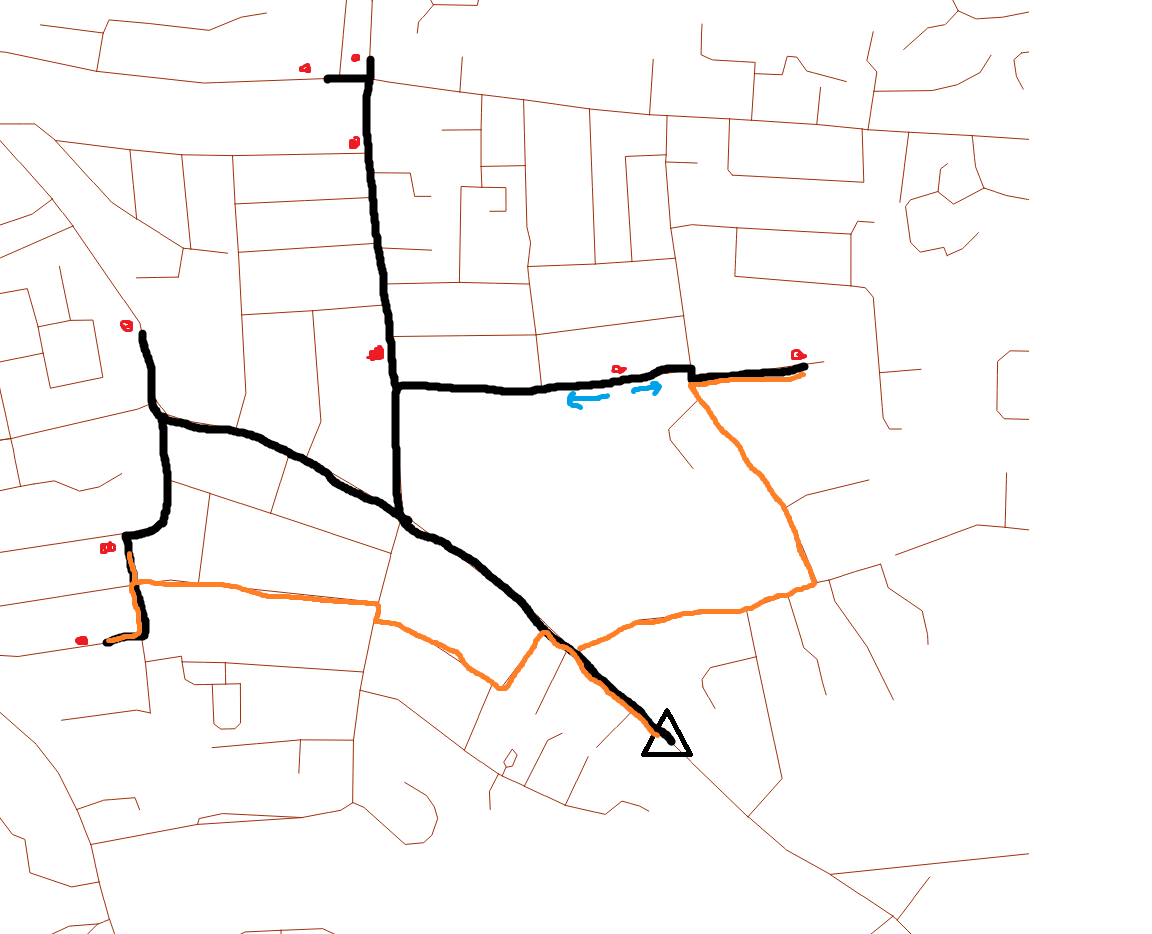Does the SHortestPathFinder consider all FROM-TO routes when generating routes or does it calculate a route for each input? I'd ideally want the generated routes to produce the lowest overall length, where routes that join together are preferred to routes that find their own path. For example if I've got two residential areas and I want to generate a route from these to the city centre, using the shortest path finder may generate two separate routes for these areas, but I want them to converge on a road almost like rivers draining a catchment. SO I'd prefer routes to converge if possible
Question
Does the ShortestPathFinder work out an optimal route considering other start points, or is each route generated independent of others?
Reply
Rich Text Editor, editor1
Editor toolbars
Press ALT 0 for help
Enter your E-mail address. We'll send you an e-mail with instructions to reset your password.

















